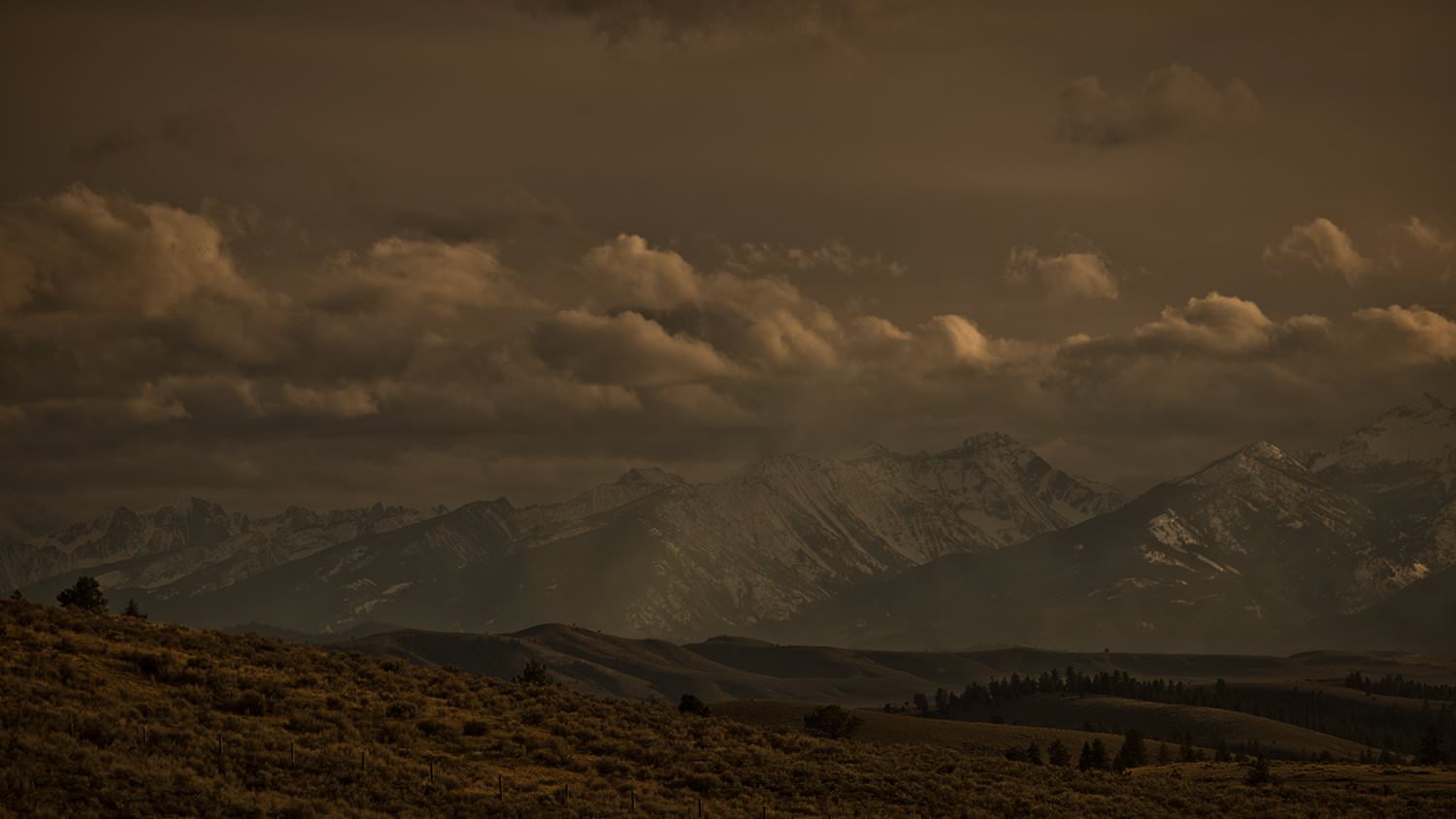Ducks and Geese Harvests by Flyway
- August 27, 2015
- By Cody Larrimore
- Research

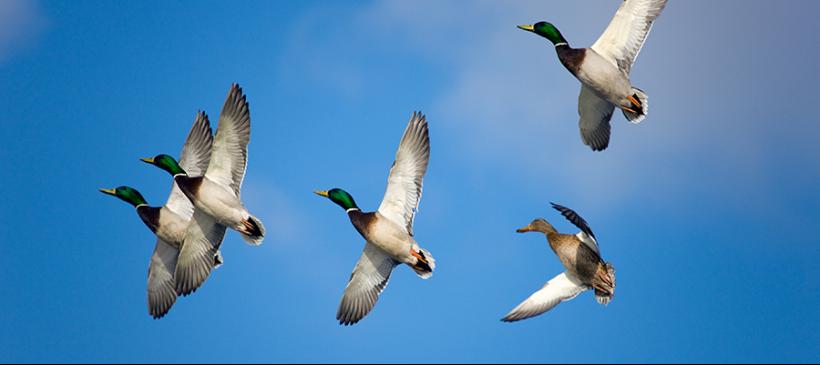
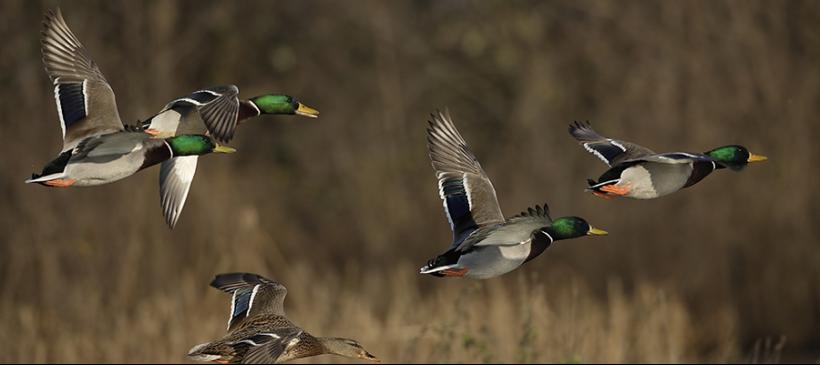
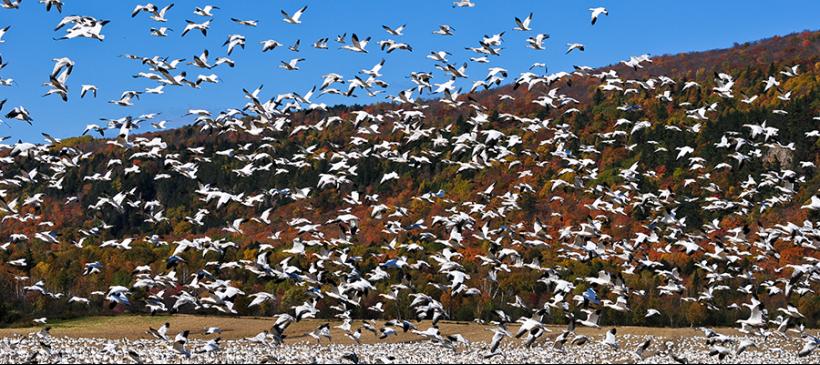
Everyone knows what a turkey looks like. Most people can differentiate between the various species of deer at a glance. And a black bear is a black bear. However, when you’re calling to a flock of ducks, it takes experience to identify which species you’re looking at.
Being a waterfowl hunter is a challenge. There are more than 20 waterfowl species in most parts of the U.S. Do you know which ones are targeted most often? Do you have decoys available for all species in your region?
Data collected by the U.S. Fish & Wildlife Service, along with the Harvest Information Program (HIP), details harvest information by species and flyway.
Of all duck species in the U.S., the mallard is harvested 26.5 percent of the time – the highest of all duck species. Other top species include green-winged teal (12.5 percent), gadwall (12.2 percent), blue-winged/cinnamon teal (10.7 percent) and Northern shoveler (6 percent).
The variations of goose species are more recognizable and pronounced. I’ve never hunted with anyone who struggled to identify a Canada goose from a snow goose. Given their size, colors, and speed while in fight, it’s not difficult to recognize which species of goose it is prior to the shot.
According to the U.S. Fish & Wildlife Service Harvest Report, Canada geese are harvested 79 percent of the time. The rest of the goose harvest is made up of snows (8.7 percent), white-fronted (7.6 percent), and blue goose (2.7 percent).
Depending on the flyway, harvest percentage by species will differ. Therefore, call and decoys selection will vary as well. Below is a list of the top 10 species of duck by harvest ratio and by flyway.
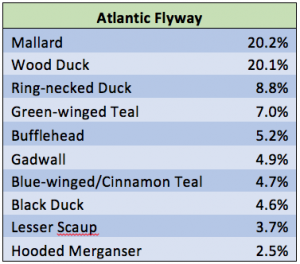
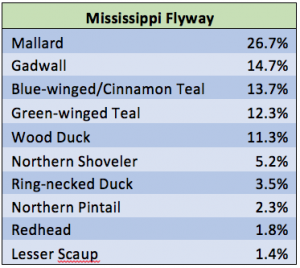
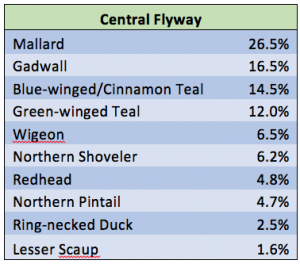
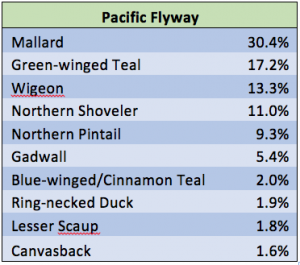
Below is a list of the top four goose species by harvest ratio and by flyway. Although there are fewer species of geese, the harvest ratio by flyway does show significant variances.
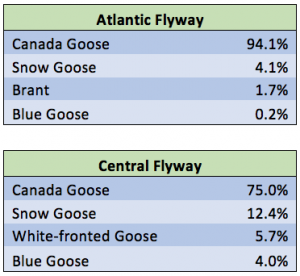
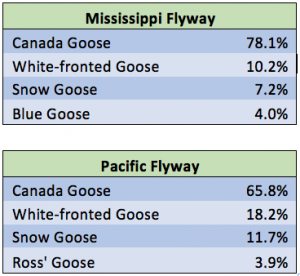
It’s important to keep in mind migration patterns and migration timing when deciding which decoys and calls to place on the shelf. Knowing which duck and goose species are nearby and which are more likely to be harvested will help you better serve your customers with the correct products.
